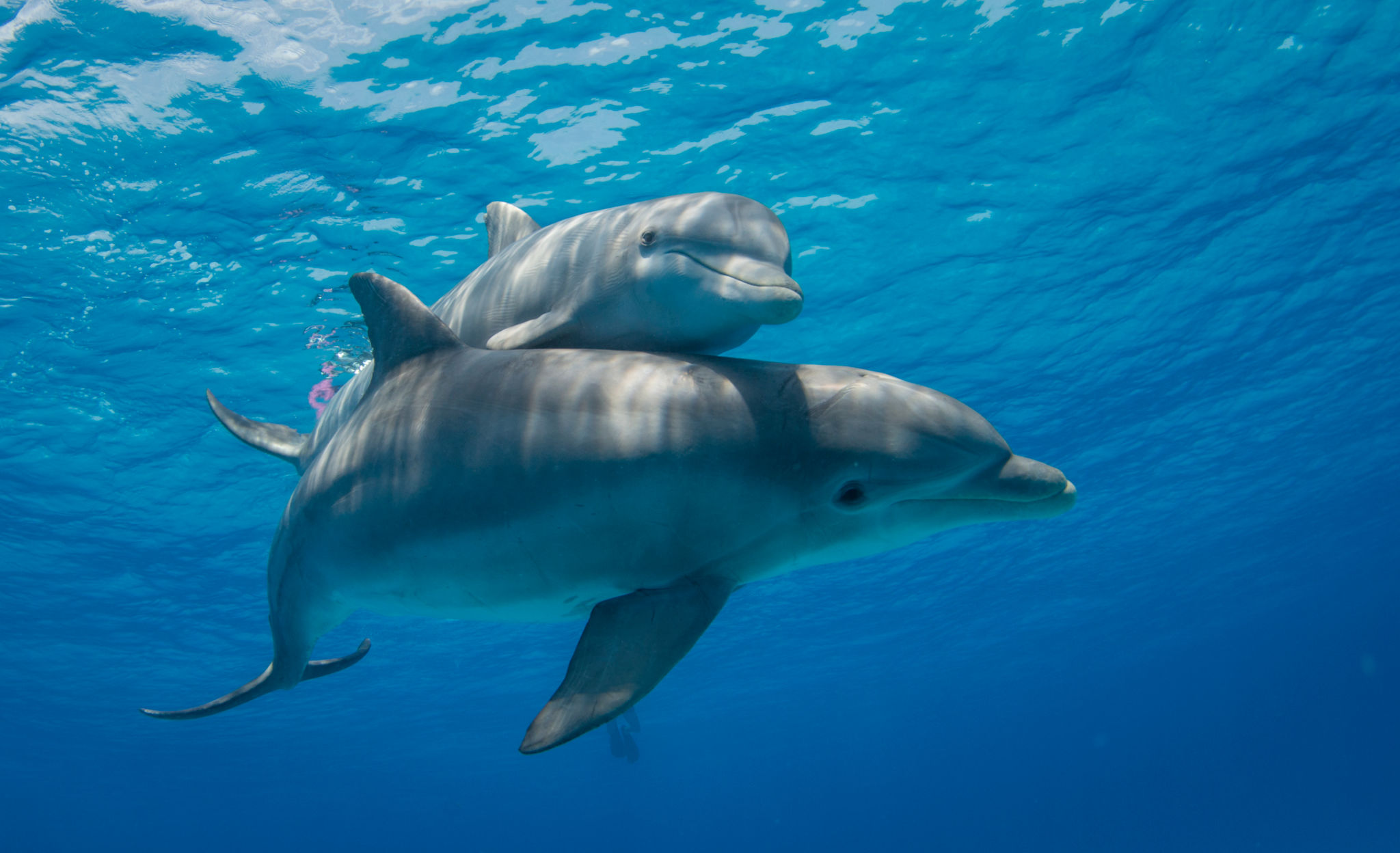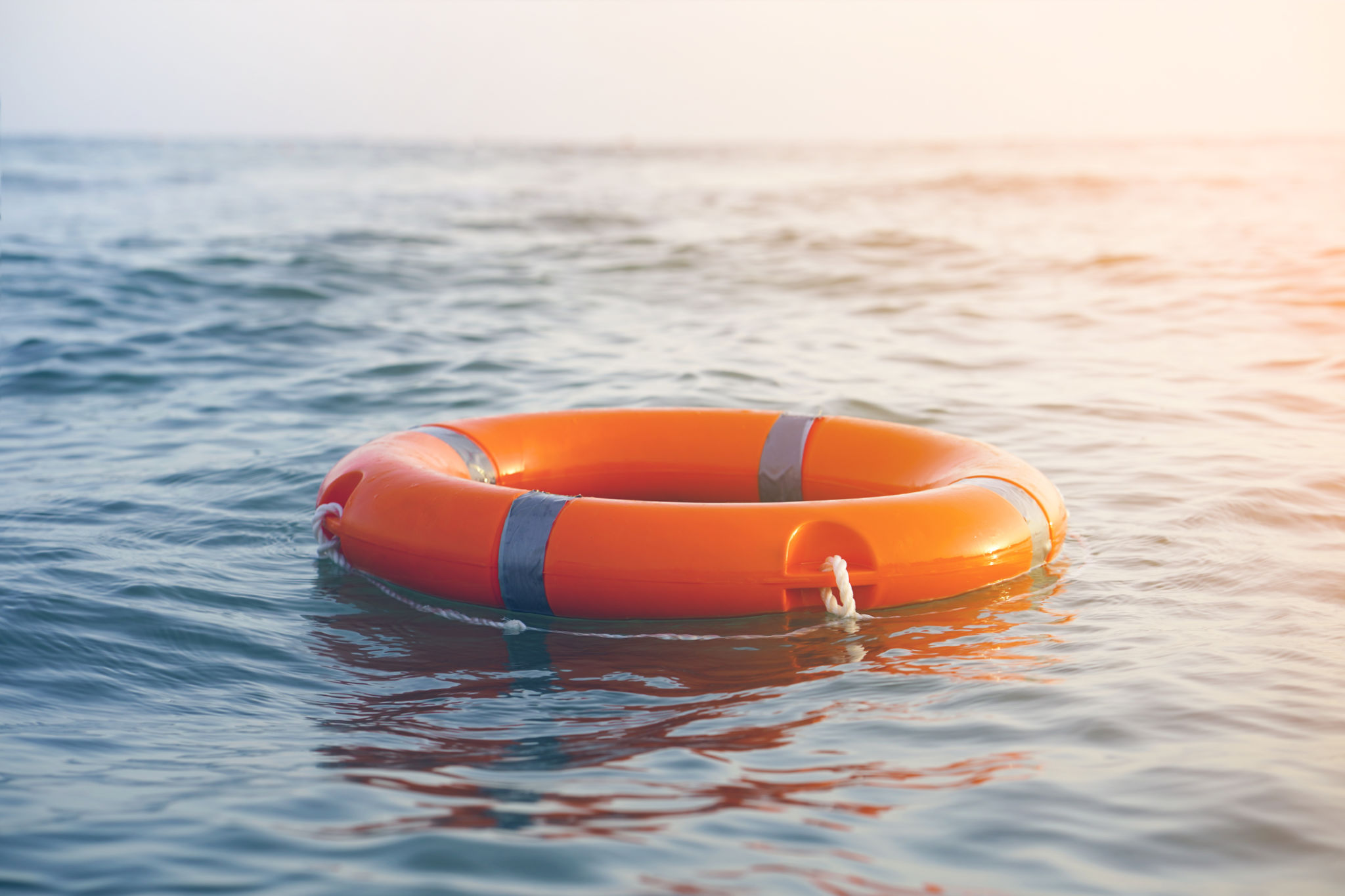Misconceptions About Swimming with Dolphins in the Red Sea: What You Need to Know
Understanding the Myths Surrounding Dolphin Encounters
Swimming with dolphins in the Red Sea is an experience that many travelers eagerly anticipate. However, there are numerous misconceptions about this activity that can lead to unrealistic expectations or even unintentionally harmful interactions with these intelligent creatures. Understanding these myths is crucial for ensuring a rewarding and ethical dolphin encounter.

Myth 1: Dolphins are Always Friendly and Approachable
Many people believe that dolphins are naturally friendly and always willing to interact with humans. While dolphins are generally curious by nature, they are also wild animals with their own social structures and behaviors. Approaching them too closely or aggressively can stress them and disrupt their natural activities. It's essential to respect their space and observe them from a distance unless they choose to initiate contact.
Myth 2: Swimming with Dolphins is Safe for Everyone
Another common misconception is that swimming with dolphins is always a safe activity for people of all ages and swimming abilities. In reality, the open waters of the Red Sea can be challenging, and not everyone may be comfortable or equipped to handle the environment. Additionally, dolphins are powerful swimmers, and their playful behavior can accidentally lead to injuries if people are not cautious.

The Impact of Human Interaction on Dolphins
Human interaction with dolphins can have significant effects on their well-being and habitat. As popular tourist attractions, dolphins in the Red Sea face increased pressure from boats and swimmers, which can disrupt their natural routines. It's vital for tourists to understand these impacts and take steps to minimize their footprint when enjoying dolphin encounters.
Respecting Dolphin Habitats
Dolphins rely on their natural habitats for feeding, breeding, and socializing. Human activities can disturb these critical behaviors, leading to stress and changes in group dynamics. Tour operators must adhere to guidelines that prioritize the well-being of dolphins, such as maintaining a respectful distance and limiting the number of boats in proximity to dolphin pods.

Ethical Considerations for Dolphin Tours
Choosing the right tour operator is essential for ensuring that dolphin encounters are conducted ethically. Look for operators who follow regulations designed to protect marine life. Reputable companies will emphasize the importance of non-intrusive observation and promote educational experiences that foster appreciation for marine ecosystems.
The Importance of Education
Education plays a crucial role in dispelling myths about dolphins and promoting responsible tourism. By learning about dolphin behavior, ecology, and conservation efforts, tourists can better appreciate these incredible animals without contributing to their harm. Many tours include educational components that enhance the overall experience while advocating for marine preservation.

In conclusion, swimming with dolphins in the Red Sea can be a magical experience when approached with respect and understanding. By debunking common misconceptions and prioritizing ethical considerations, tourists can enjoy meaningful interactions that benefit both themselves and the marine life they encounter.